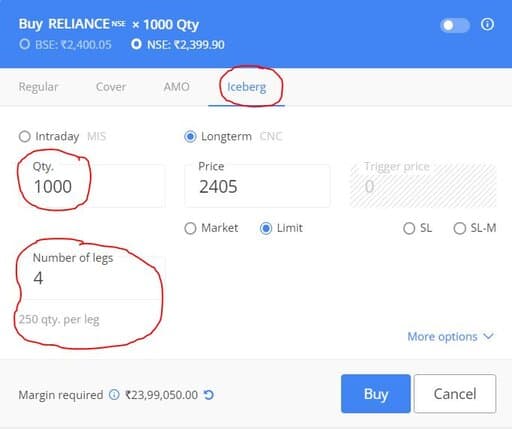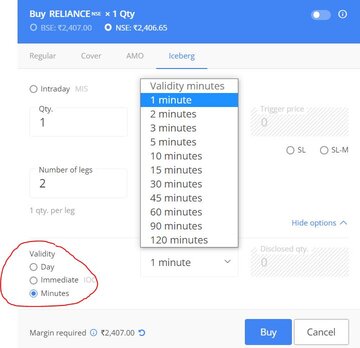Should We Track US Stock Market
Introduction
Guys every morning we turn on the business news channels the tv anchors normally start with how the u.s markets perform the previous night, right so they talk about uh dew jones industrial average or s p 500 or Nasdaq right, how much percentage did they go up how much percentage did they go down now i have been watching these channels for a very long time and it has been a little annoying to me because i lived in the us for over 10 years and never ever i saw a single tv anchor in US.
Discuss about how the Indian markets performed the previous night right so as an Indian you start to kind of you know wonder and also feel a little irritated
that okay okay why is that we are worried about how the U.S market is performing whereas they don’t really seem to care about us.
Well here is the thing what i have realized in life is that when it comes to the matters of money we have to set aside all this ego and pride and think as objectively and rationally as possible because after all we are here to make money we are not here to compete in some international Olympics, right, so okay all right so why is tracking the U.S market so important so there are two reasons for that number one the U.S market is the biggest stock market in the world and the sentiments there are indicative of how risk taking or risk ever.
The global investing community is for example if the U.S market is crashing that would indicate that the investing community is unwilling to risk their money in the stock market and are probably moving their money to some more stable asset classes so if they are averse to the stock market risk that sentiment is likely to be carried forward to India as well, right, because in the world of globalization everything is connected India cannot be isolated from the rest of the world right so that is the point number one.
The second reason why the performance of U.S market is so important is that many foreign institutional investors in India are based out of the U.S so if their outlook of the U.S economy is negative or pessimistic they are much more likely to pull the money out from the rest of the world including India and that outflow of money is likely to bring down our market as well, in fact if you see the stats of the past several months that is exactly what is happening to us.
So guys long story short like it or hate it the U.S market is still the barometer of the investing sentiment globally and we in India cannot afford to ignore it and as they say when the U.S market sneezes the whole world catches cold.
Introduction
Iceberg orders in Zerodha are a way to break down a large order into multiple smaller orders.
Let’s say, you have to buy 10,000 shares of Reliance.
So, instead of placing one giant order of 10,000, you can place 5 orders of 2000 quantity each using Iceberg orders.
Iceberg orders were originally created for big institutions and High Net Worth (HNI) clients who deal with huge order sizes and they don’t want people to know that they’re placing these big orders.
Hence, they broke the big quantities into multiple small orders so that people would not know that there is a big participant out there and hence their actions should not influence the price of the script that they are trading.
Now, thanks to Zerodha, Iceberg orders are available to retail traders as well.
Let’s take an example
Please watch the video below to understand how to place Iceberg orders but if you can’t just read on.
Iceberg orders look like this.
In this example, notice how an Iceberg order can be used to break down the quantity of 1000 into 4 orders of 250 quantity each.
So, what happens when you place this order?
Zerodha will place the first order of 250 quantity and wait for it to get executed. If it executes, Zerodha will place the second order and so on and so forth. Basically, these orders are placed sequentially – one after the other.
Important facts about Iceberg orders
Brokerage
Breaking a large order in multiple smaller orders look like fun and convenient but there is also a cost associated with it.
Because for every leg of the order, you have to pay separate brokerage.
So, if we take the same example as above, if you had place a regular order of 1000 quantity, you would have paid only 20 rupees in brokerage. However, if you use Iceberg orders, now you have to brokerage for each leg (i.e 4 x 20 = 80 rupees).
This might seem like a small amount now but if you a regular trader, then this will add up over time.
Validity
You can also specify the duration for which the Iceberg order will be valid.
In this case, for example, you can say that if my order doesn’t get execute in the next 5 mins, just cancel it. This feature might be useful for those who are expecting a quick move in a stock but if that doesn’t happen, they don’t want to stick around for that.
Just cancel the whole things and move on to the next trade.
Benefits of Iceberg Orders
Let’s summarize the benefits of Iceberg orders:
- Breaks down a large order into smaller parts
- This can be very helpful for big institutions and HNI traders who do not want everyone to know that they are buying or selling a big quantity
- Great for overcoming order freeze limits
- Exchanges have restricted the maximum quantity for derivative contracts
- For Nifty, it is currently 2800 and for Bank Nifty, it is currently 1200
- So, if you have to place an order above this quantity, you need to manually place several regular orders
- But with the help of Iceberg orders, you can just place one order that will take care of the problem
- This is of great help for expiry day trading, where the quantities can easily go in thousands
- Canceling one leg automatically cancels the rest
- If any leg of an Iceberg is cancelled, all the remaining pending legs that are yet to be placed will be automatically cancelled.
- Similarly, if the price of any leg of the Iceberg is modified, the new price will automatically be applied to all the pending legs
Limitations of Iceberg Orders
Here are the key limitations of Iceberg orders
- Higher brokerage
- As we saw, brokerage is charged separately on each leg
- Therefore, the brokerage charges will add up over time
- Availability
- Iceberg orders are available for NSE equity, F&O, currency, BCD segment and BSE equity only.
- Iceberg order type isn’t available for MCX yet.
- Pre/Post market
- Iceberg orders and minute validity are not supported during pre-open & post-market sessions.
Final thought
Iceberg order is a great functionality for active traders who deal with heavy quantities but if you work with smaller quantities, it doesn’t make any sense to pay extra brokerage for using Iceberg orders.






![What is Virtual Contract Note [Zerodha]](https://www.vrdnation.com/wp-content/uploads/2023/10/maxresdefault-virtual-note-500x383.jpg)



Leave A Comment